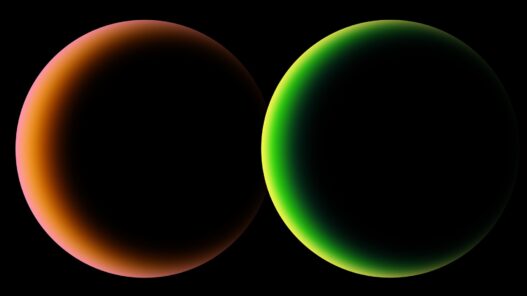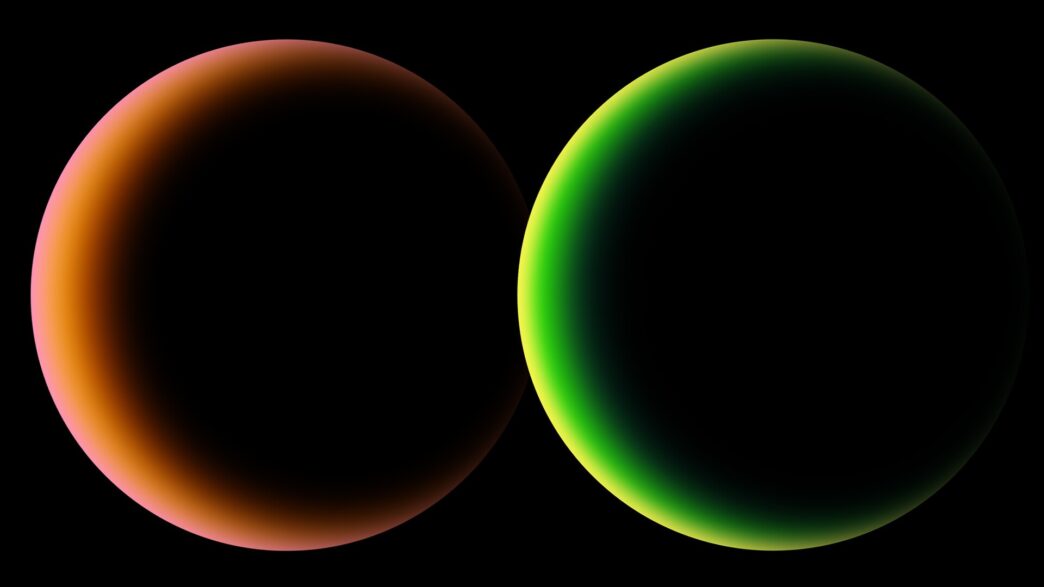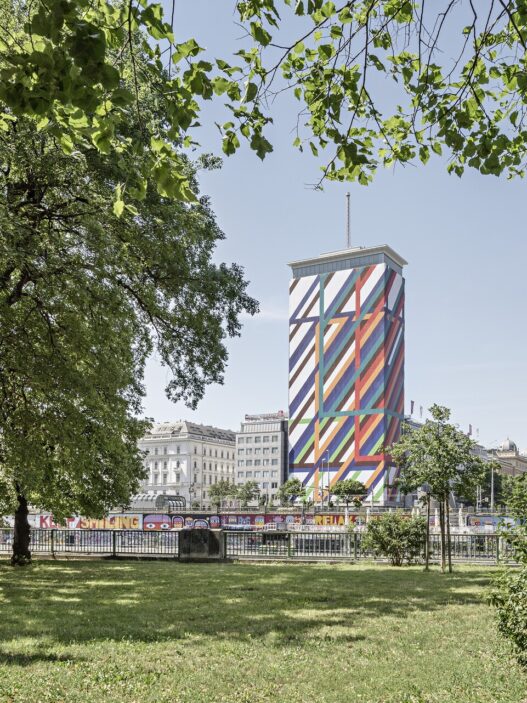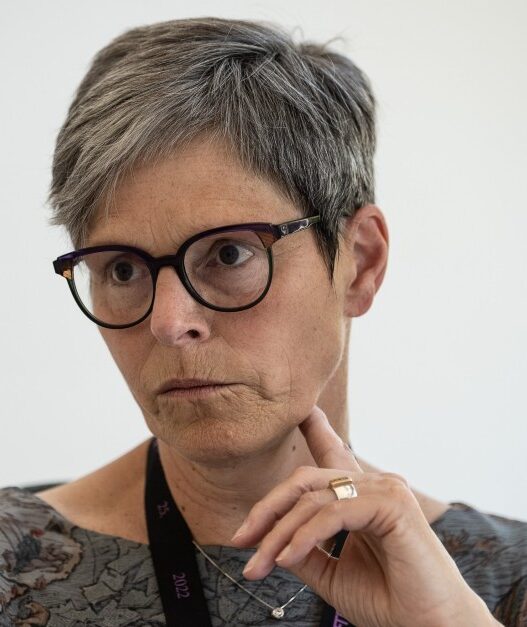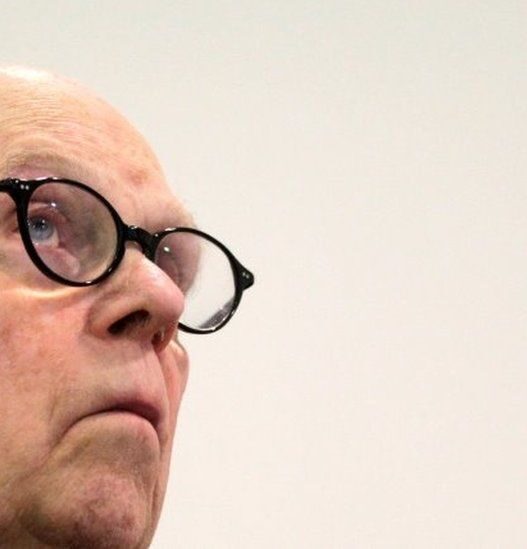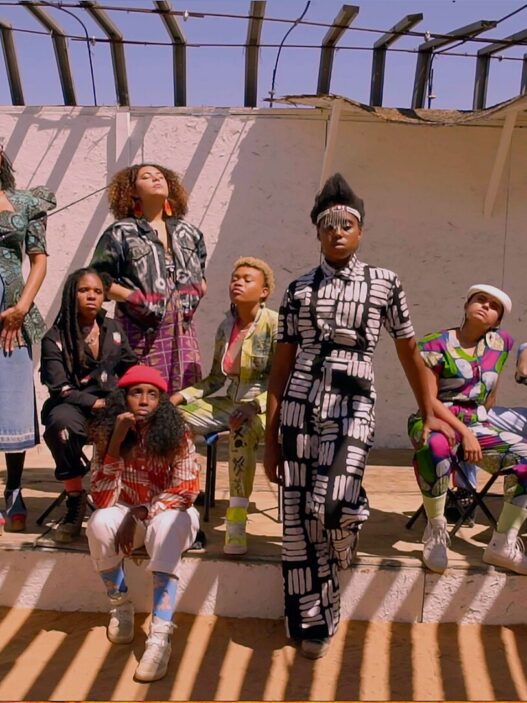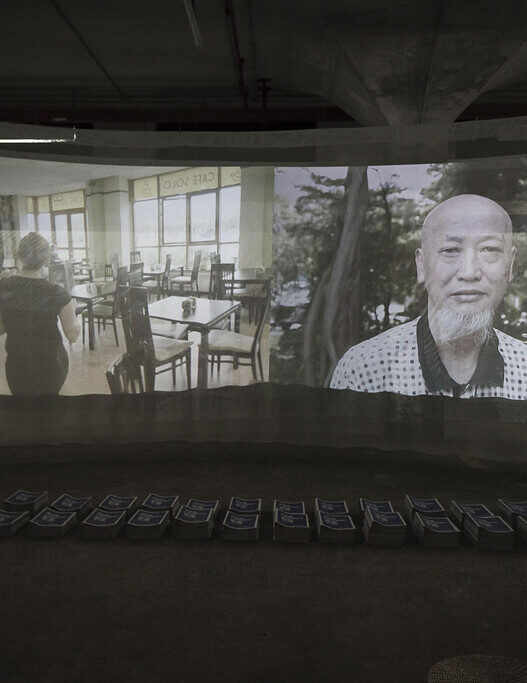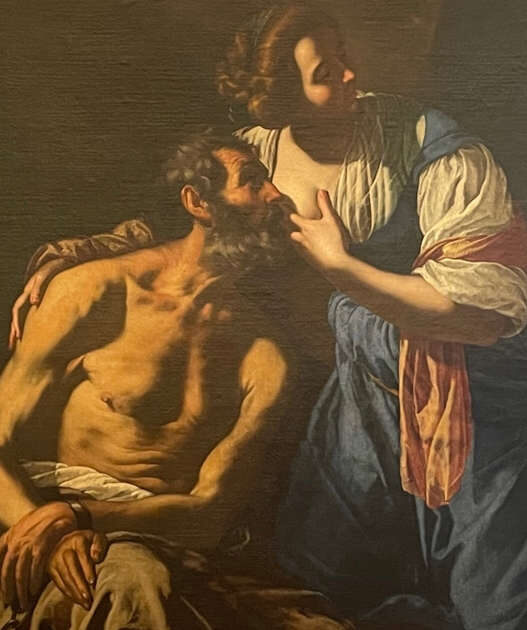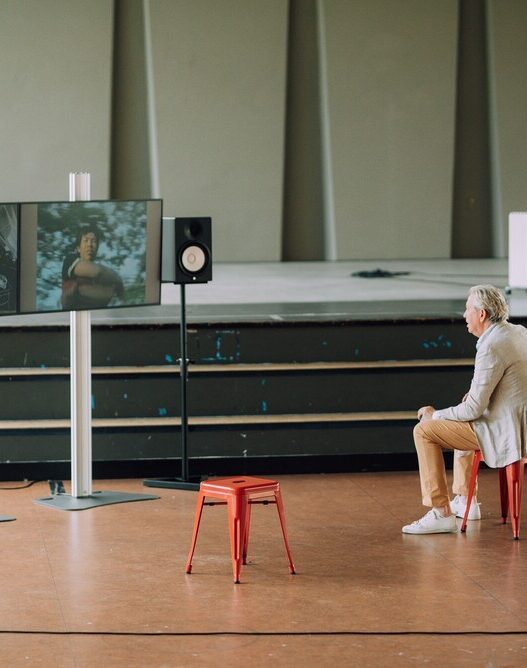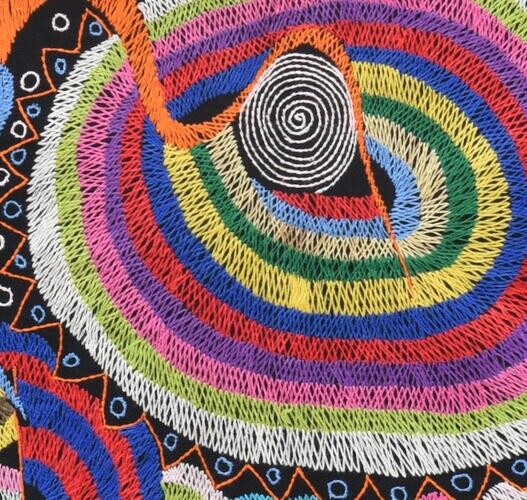July 15–December 11, 2022
Unknown Unknowns, the 23rd International Triennale Milano Exhibition. On July 15, An Introduction to Mysteries will begin, and it will run through December 11, 2022. It explores the idea of the unknown, posing queries about the enigmas of the real world and starting a conversation on the problem of what we do not know that we do not know.
400 artists, designers, and architects from more than 40 countries participate in Unknown Unknowns, which takes the form of a constellation of exhibitions, installations, and projects. There are 23 international participations, with Africa strongly represented by six national pavilions (Burkina Faso, Ghana, Kenya, Lesotho, the Democratic Republic of Congo, and Rwanda).
Ersilia Vaudo, an astronomer and the Chief Diversity Officer of the European Space Agency, and Francis Kéré, an architect and the recipient of the 2022 Pritzker Architecture Prize, are the exhibition’s primary curators.
“Unknown Unknowns does not aim to gradually conquer the vast territory that is beyond our knowledge. It aims rather to explore it with the attitude of those who choose first of all the challenge of empathy, the exclusively human ability to see with the eyes of the other living beings and to map the confines of the contemporary unknown from these varied perspectives. The 23rd International Exhibition offers a new perspective on the unknown: from the most distant universe of dark matter, from the bottom of the oceans at the origin of our consciousness. What we do not know that we do not know is not the realization of a limit, but the perception of a form of knowledge that respects the unknown, sometimes embracing it, sometimes crossing it, sometimes eluding it. But always accepting it as a constant presence in our life,” states Stefano Boeri, President of Triennale Milano.
The 23rd edition of the Triennale’s International Exhibitions, in keeping with tradition, features a segment devoted to international participations, invited through official routes under the aegis of the Bureau International des Expositions, and a theme exhibition, organized by Ersilia Vaudo.
The focal point of the manifestation, the thematic exhibition features more than a hundred pieces, projects, and installations by well-known artists, scientists, and designers from around the world that explore the uncharted. It discusses a number of subjects, such as gravity, who is regarded as “the greatest designer,” an artist who works tirelessly to shape the universe to which we belong; maps, systems by which trajectories and routes are determined; the new challenges facing architecture, which is opening itself up to brand-new possibilities like how to live in extraterrestrial space; and, ultimately, the mysteries connected to deep space.
The Triennale awarded the Japanese designer Yuri Suzuki, the Italian designer Irene Stracuzzi, the US collective of architects and designers SOM, and the Turkish-American artist Refik Anadol four special commissions for the thematic display. Additionally, the exhibition included a number of site-specific works created by artists like Andrea Galvani, Bosco Sodi, Protey Temen, Julijonas Urbonas, Marie Velardi, as well as an adaptation of a Tomás Saraceno piece.
Four installations by Francis Kéré, including Future’s Present, a 12-meter-tall tower that stands in front of the Triennale entrance, are displayed throughout Triennale common areas and are devoted to the voices and visions of the African continent.
The 23rd International Exhibition also hosts two major exhibitions: Mondo Reale, conceived by Hervé Chandès, General Artistic Director of the Fondation Cartier pour l’art contemporain, and La tradizione del nuovo, curated by Marco Sammicheli, Director of Triennale’s Museo del Design Italiano. There is also a series of installations and special projects involving the art historians Giovanni Agosti and Jacopo Stoppa, the musician and writer Francesco Bianconi, the philosopher Emanuele Coccia, the researcher and lecturer Ingrid Paoletti, the artist and Triennale Grand Invité for 2021-2024 Romeo Castellucci, and a master of architecture and design, Andrea Branzi with the architect Lapo Lani.
The whole program is available on triennale.org.









